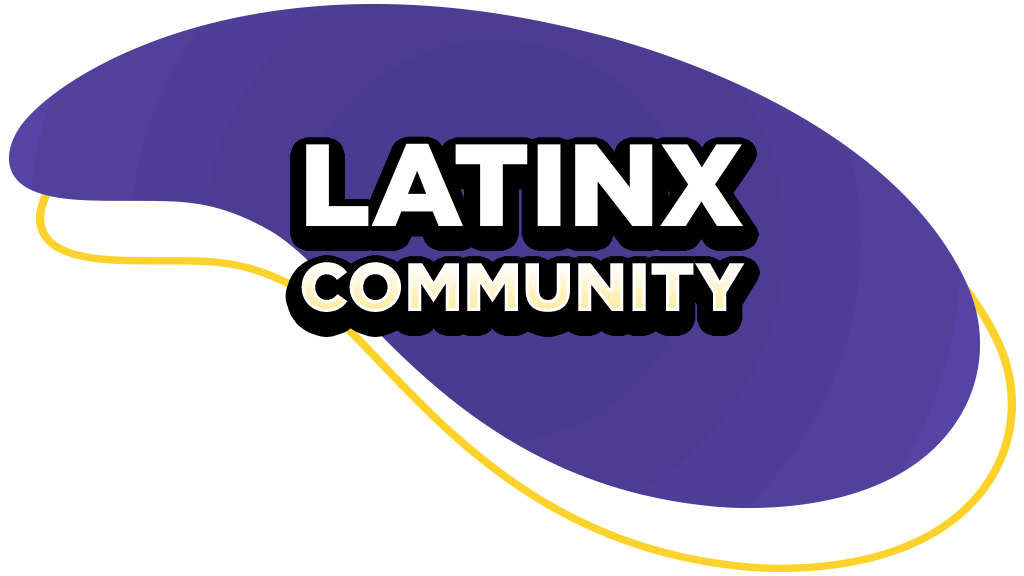Only those who have migrated to a wealthier, more developed country with a different culture and language than their own can truly understand the challenges that immigrants face and how they affect our self-esteem. We often lose sight of how important we are and the value of our contributions to our communities.
In the US, there is no exception.
Although there are a great number of Latinx communities, it is common to be distracted by the thousands of daily battles in search of the American dream and not realize just how fundamental certain ethnicities and nationalities are to a country’s growth and development.
That is why we at Breezy Seguros have launched a new series on our blog, where we will be translating and interpreting important studies about the Latinx communities that live here in the United States.
2021 STATE OF HISPANIC WEALTH REPORT
Established in 2012, the NAHREP Foundation, which created the Hispanic Wealth Project, is a nonprofit organization with a mission to promote sustainable Latinx-owned real estate by engaging in strategic efforts focused on Hispanic workforce participation in housing, development of small businesses and wealth-building initiatives.
NAHREP is a non-profit trade association founded in 1999. The association has a network of 40,000 real estate professionals, which includes real estate agents, brokers, mortgage professionals and other professionals in the field.
The report was published on October 1, 2021 for the second year in a row, with the goal of providing the public with a more accurate understanding of Latinx people in the US and their experience with wealth creation.
Overview of Latinx in the US
Population
It is estimated that there are 62.1 million Latinx people in the US, which is equivalent to 18.7% of the country’s total population and responsible for 51.1% of population growth between 2010 and 2020. Wouldn’t you know!
Age Group
The most interesting piece of data is our age! The average Latinx person here in the U.S. is 29.8 years old, but 1 out of every 4 Latinx person is under 18 years old. Our population is almost 9 years younger than the rest of the population in Uncle Sam’s land! Can you imagine all the potential ahead?
Education
Part of our determination and interest in our growth is reflected in our education. We may lack opportunity, but when it presents itself, we go for it.
17.6% of Latinx people over the age of 25 have at least completed higher education, and the increase in the level of education in the Latinx community, from 2010 to 2020, was 73.1%. We take this so seriously that when we graduate, we increase our net worth by up to 3x compared to those who do not have a college-level education.
Credit
It’s no use talking about equity without talking about credit. You already know the importance of credit scores, right? Well then, the average credit score of a Latinx person in the United States is 688 points, but 51% of Latinx people have a score of 670 or higher. Why is it that 16% of Latinx renters are so concerned about not being approved for a mortgage?
Household Income & Occupation
In recent years, many changes have taken place in the Latinx community, furthering the spread of various myths about immigrants, their skills, abilities and occupations. In 2019, the median Latinx household’s income was $55,658 annually, which is a 38.6% increase in income since 2010.
In addition, 25.5% of Latinx workers are employed in management positions and occupations that require specific training, and are now at the top of the industrial sector.
Purchasing Power
Since we live in the paradise of capitalism, let’s get to what really matters. The purchasing power of the Latinx community today is $1.7 trillion and counting… That growth is 70% faster than the purchasing power of the rest of the population!
The GDP of Latinx people alone in 2019 was $2.7 trillion, placing the Latinx community in the United States as the 7th largest economy in the world.
Labor Force & Unemployment Rate
If there’s a population that doesn’t run away from work, it’s us! The Latinx labor force participation rate is 65.6% higher than any other demographic group. And as we continue to grow as a community, we are responsible for 90.8% of the workforce’s growth since 2010.
However, it is not all rainbows and butterflies, just like in our own countries. Women are still very vulnerable in this area. Latinas were considered 49.3% more likely to be unemployed in 2020 than white, non-Latinx women.
Latinx is the future!
Considering the growth and strength of Latinx people in the US, it is safe to say that the country’s future must be considered with the LatinX community in mind.
There is still a lot of growth and investment needed for our community to receive the recognition we deserve in order to live freely and equally in the country we’ve chosen as our home.
In future posts, we’ll be talking more about how we can get there through housing, small business development and wealth building, using data and solutions designed by the Hispanic Wealth Project.








